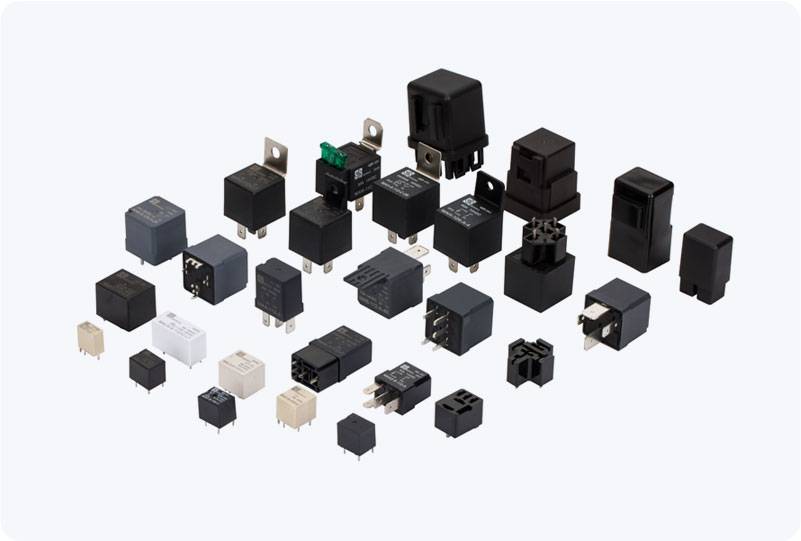Automotive relays play a crucial role in ensuring the smooth functioning of a vehicle’s electrical system, particularly when it comes to controlling the headlights. As an essential part of the car’s lighting system, the automotive relay for headlights provides a safe, efficient, and reliable way to manage the power needed to operate the vehicle’s lights. This article explores how automotive relays work, why they are important, and the different types of relays used for headlights.

What is an Automotive Relay? An automotive relay is an electrically operated switch that allows a low current to control a high current. In the case of headlights, the relay ensures that the small current, which is sent when the driver activates the headlight switch, is capable of triggering a larger current that powers the headlights. This is critical because headlights, particularly those of high-intensity vehicles, require a substantial amount of electrical current to operate. Without a relay, directly connecting the headlight switch to the headlights would risk damaging the switch, wiring, and other sensitive components due to the excessive current flow.
Leave a Reply